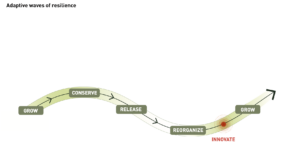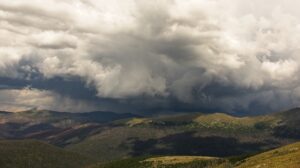Abstract/Description
Ethiopia is an ideal testing ground for investigating past human networks’ existence, nature, and extent across different ecozones. These may have existed due to the region’s rugged topography, which resulted in a “mosaic of habitats” for prehistoric populations. Although Ethiopia hosts more than 80% of the African continent’s elevation above 3000 m asl, its famous Stone Age record is almost exclusively associated with sites in its lowlands, such as the Rift Valley, the Afar Depression, and the Omo Valley. Moreover, although questions of human refugia are currently guiding archaeological research, the tropical Ethiopian highlands (including high altitudes) and their connections to the lowlands have paradoxically received very little attention.
Here we focus on the largest Afroalpine ecozone on the African continent – the Bale Mountains of southeastern Ethiopia. We examine three distinct occupation phases, each characterized by significantly different environmental conditions: those of Middle Stone Age foragers under maximum glaciation conditions (47-31 kya), Later Stone Age occupations after the onset (15-14 kya) and after the end (4-2 kya) of the African Humid Period. We use geochemical obsidian provenance and social network analysis of lithic technological traits as independent measures of population connectivity and interaction during the above time windows.
While our approach aims to encompass the Horn of Africa and the last 50 ky, preliminary results suggest relatively stable, large-scale interconnected populations. Many prehistoric phases are characterized by the establishment of reliable networks and the regular integration of high elevations into hunter-gatherer land-use systems. They were maintained even during periods of cultural and behavioural change.


